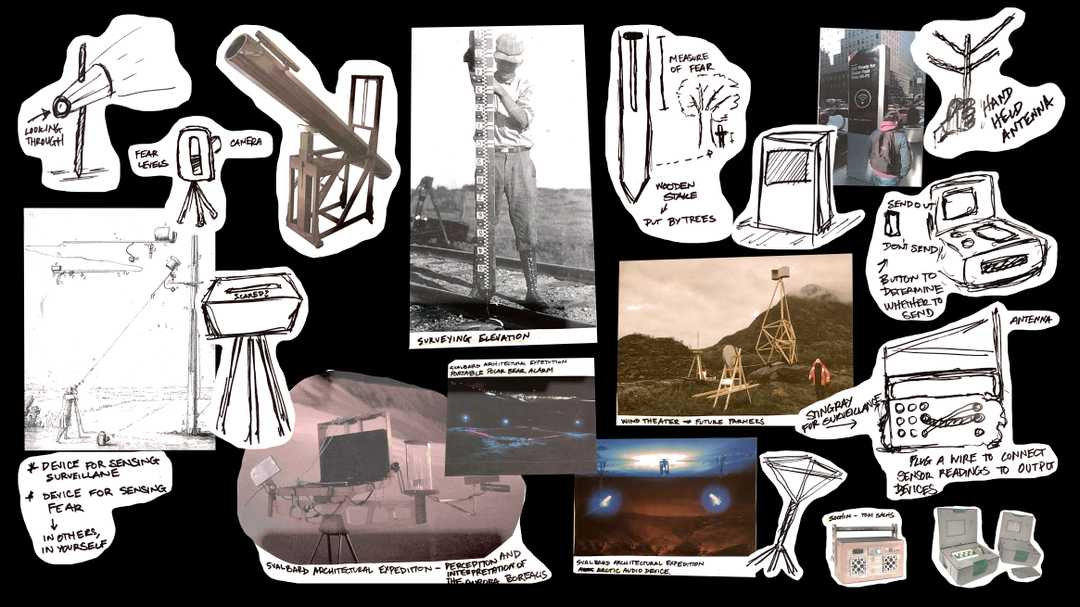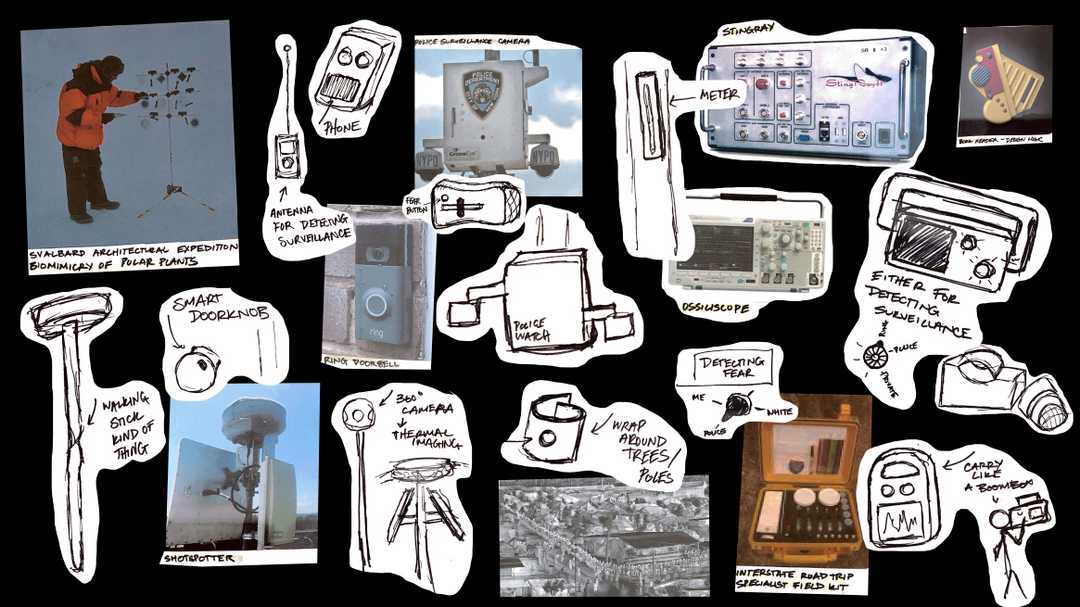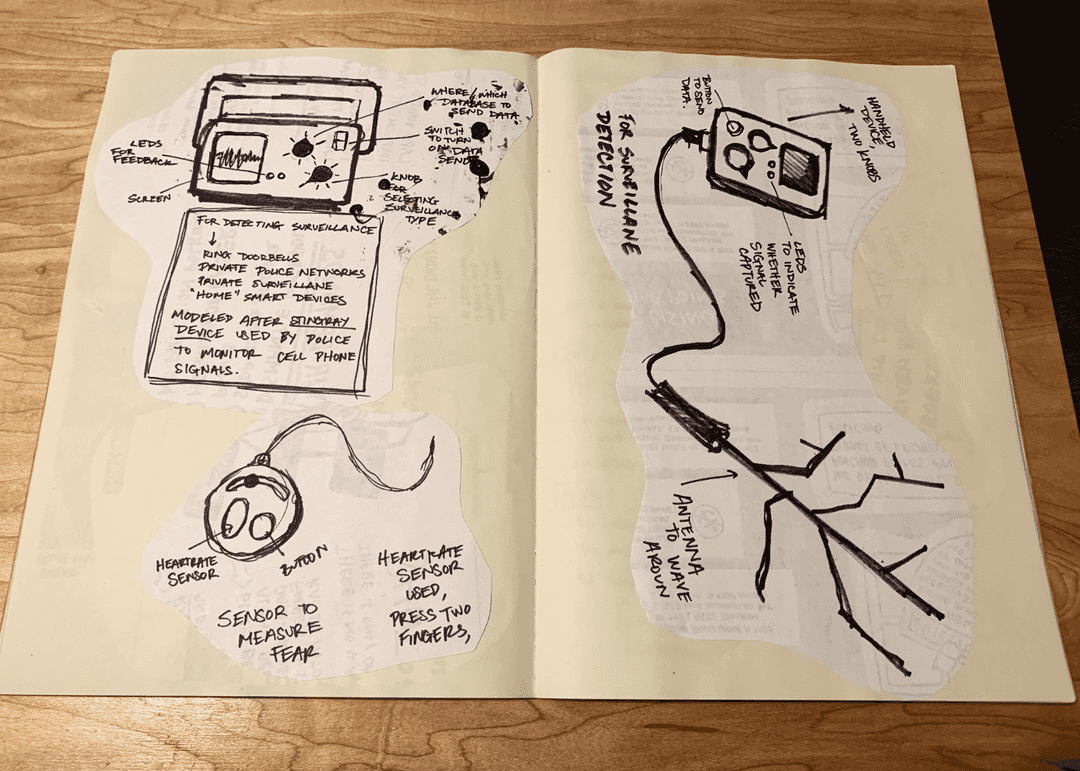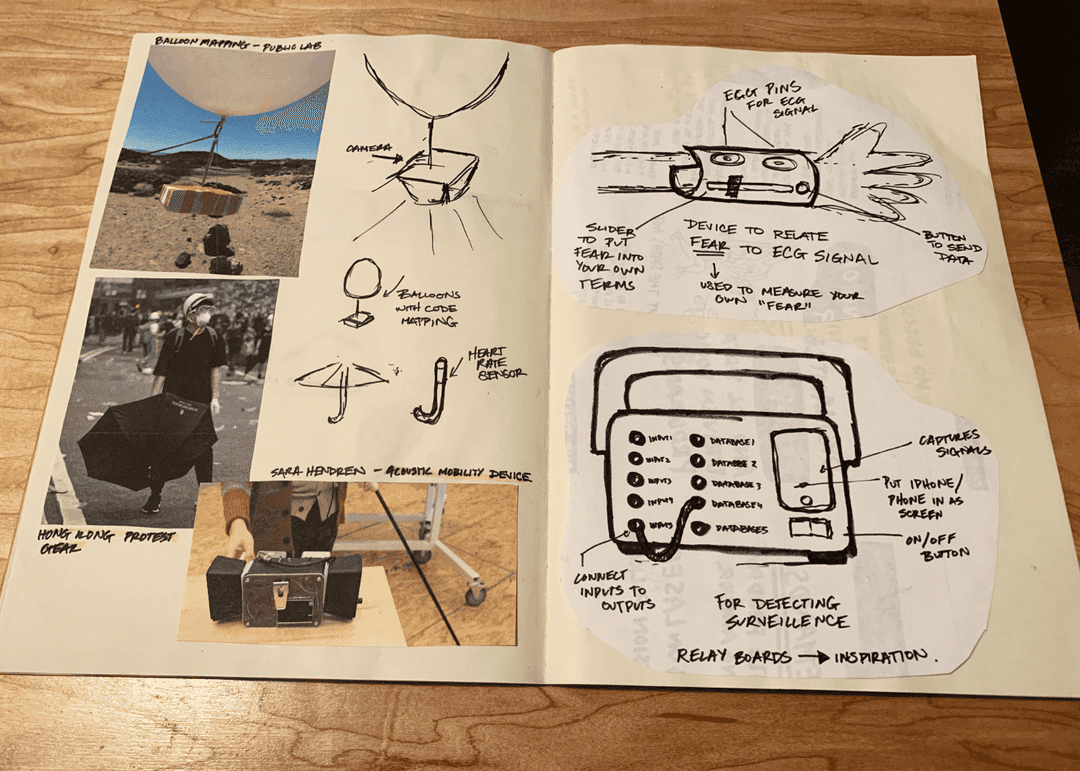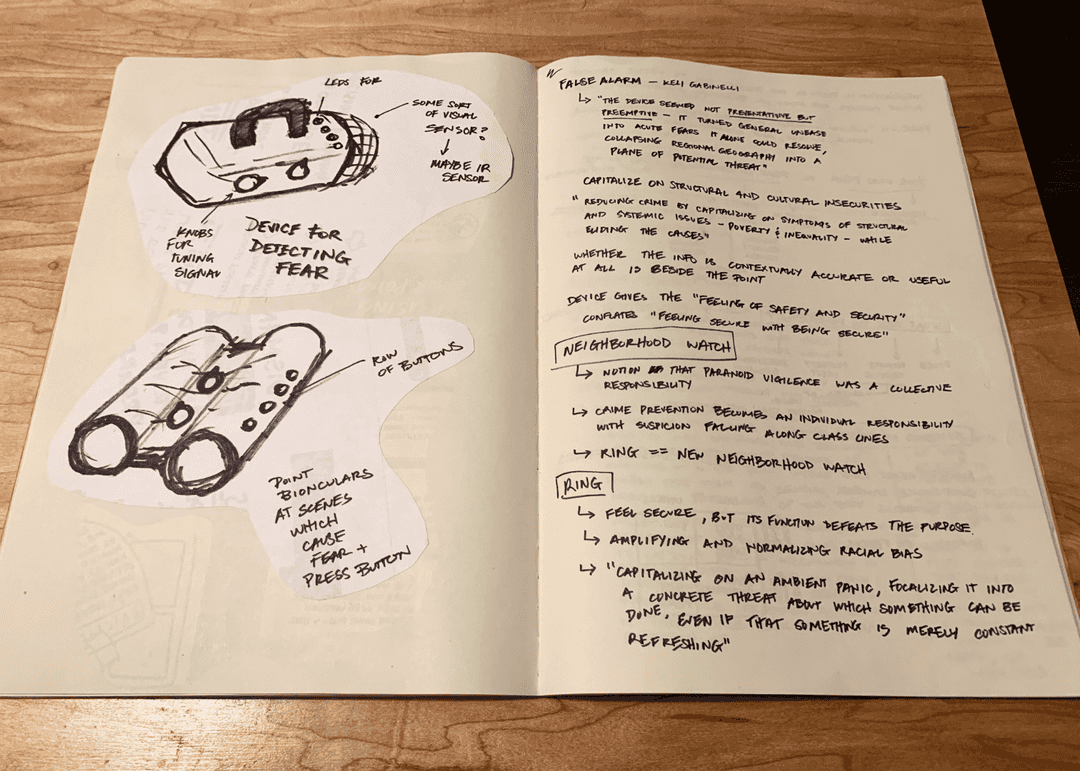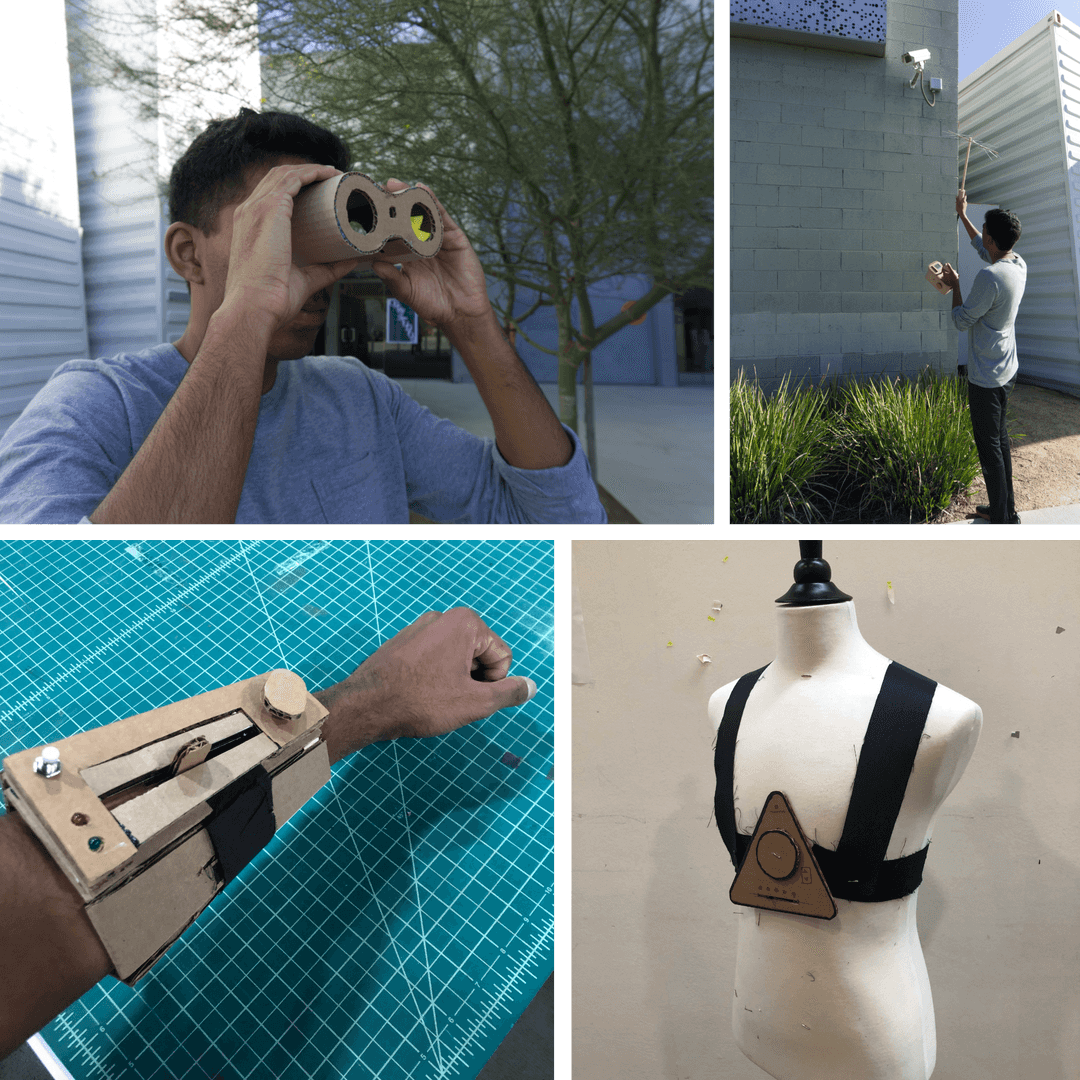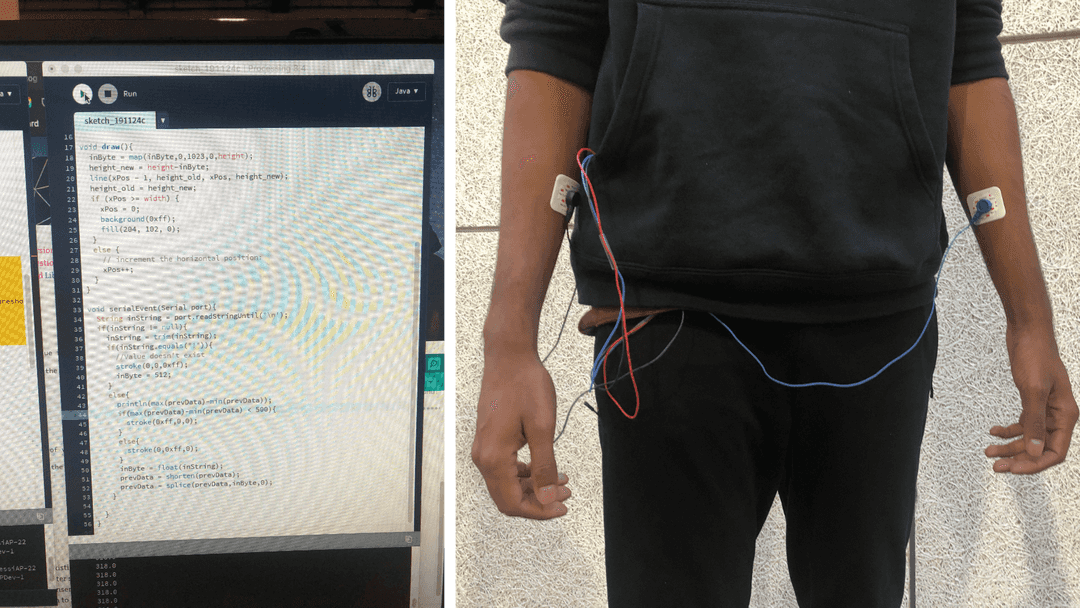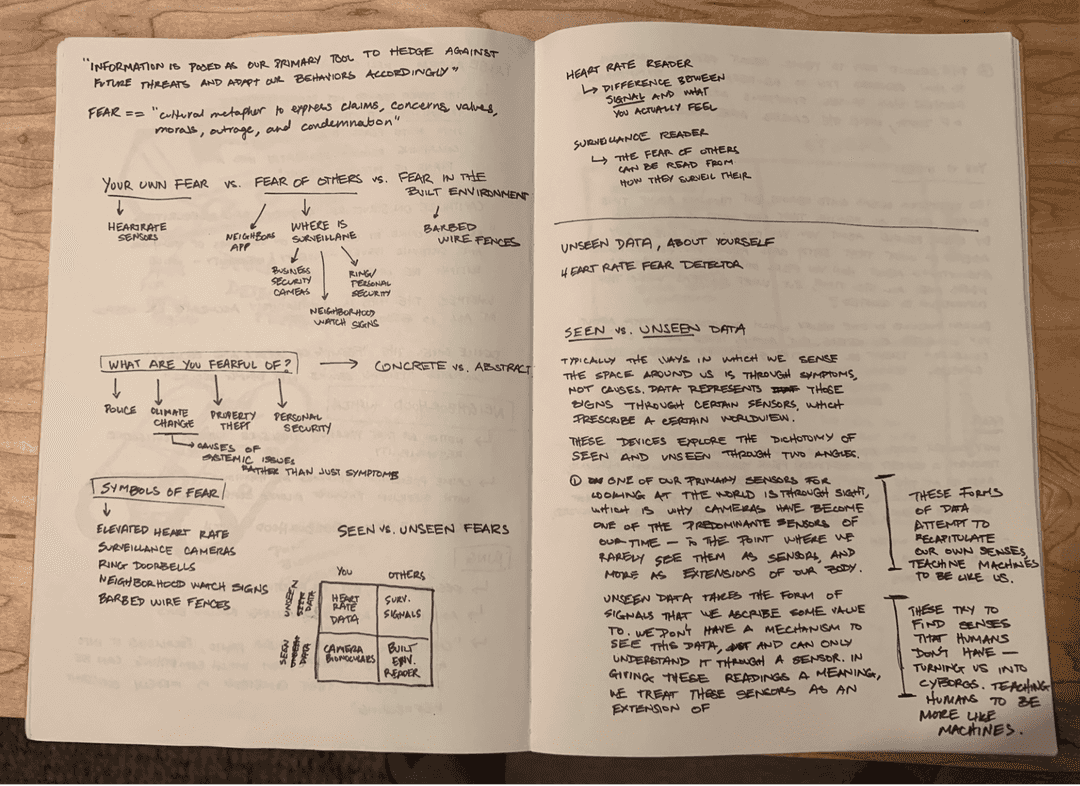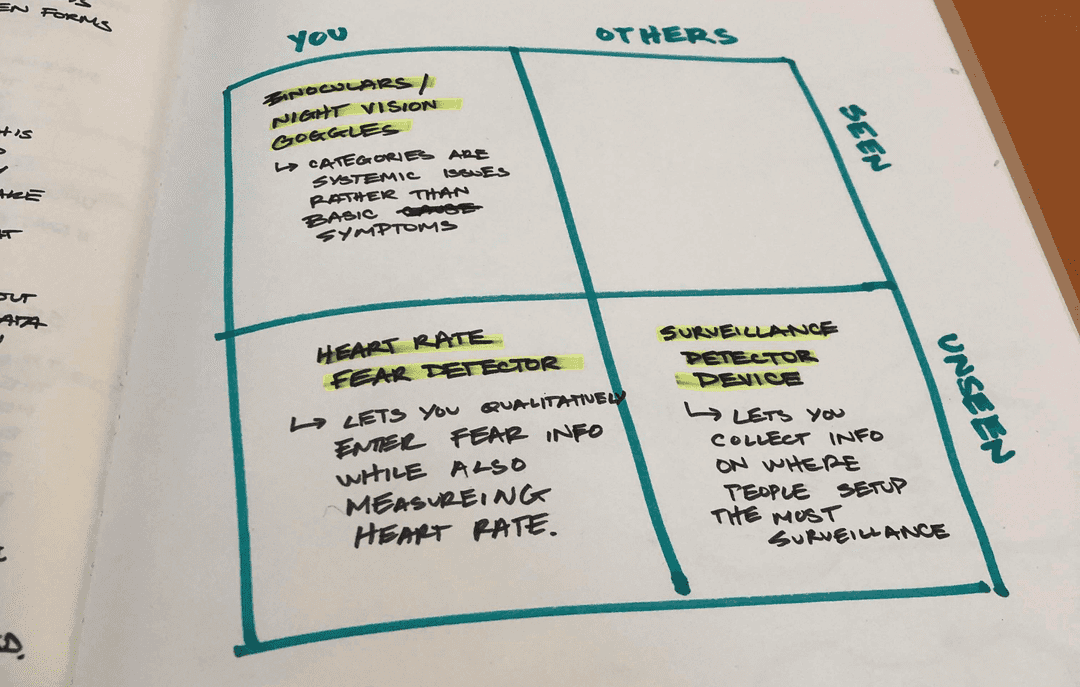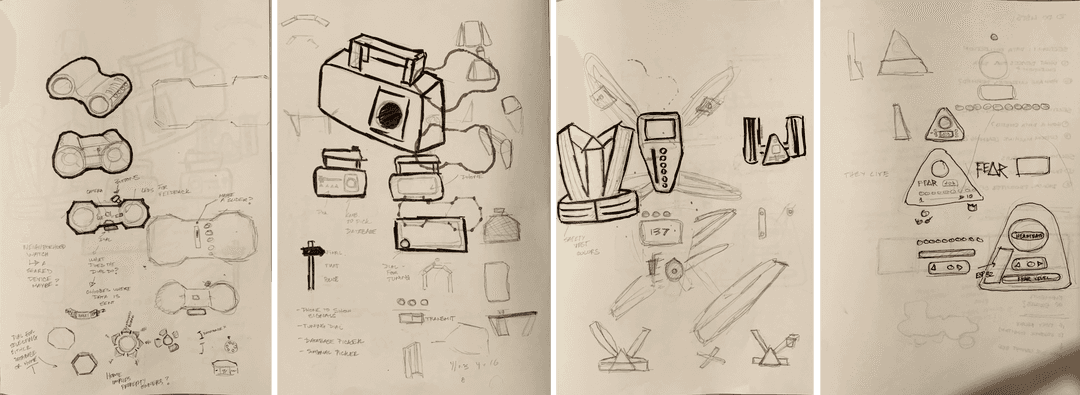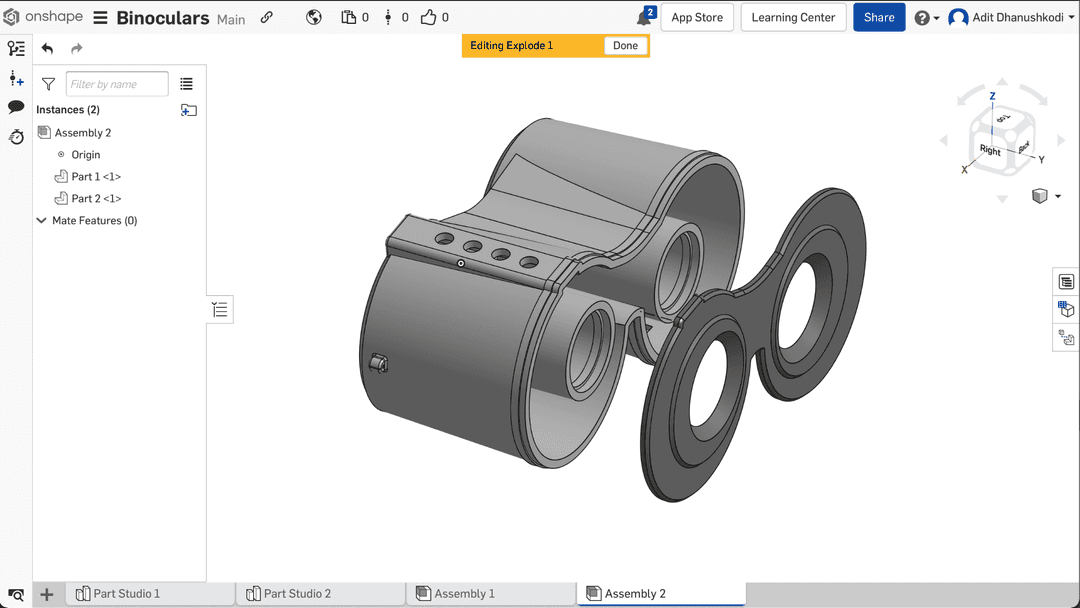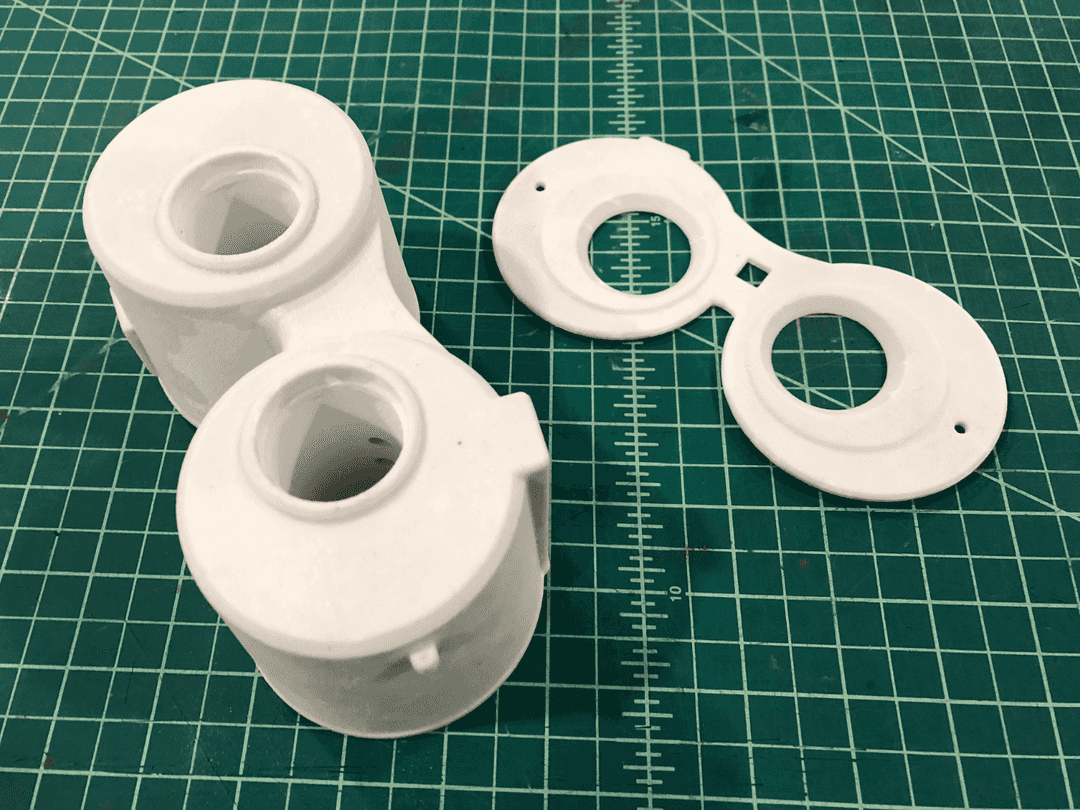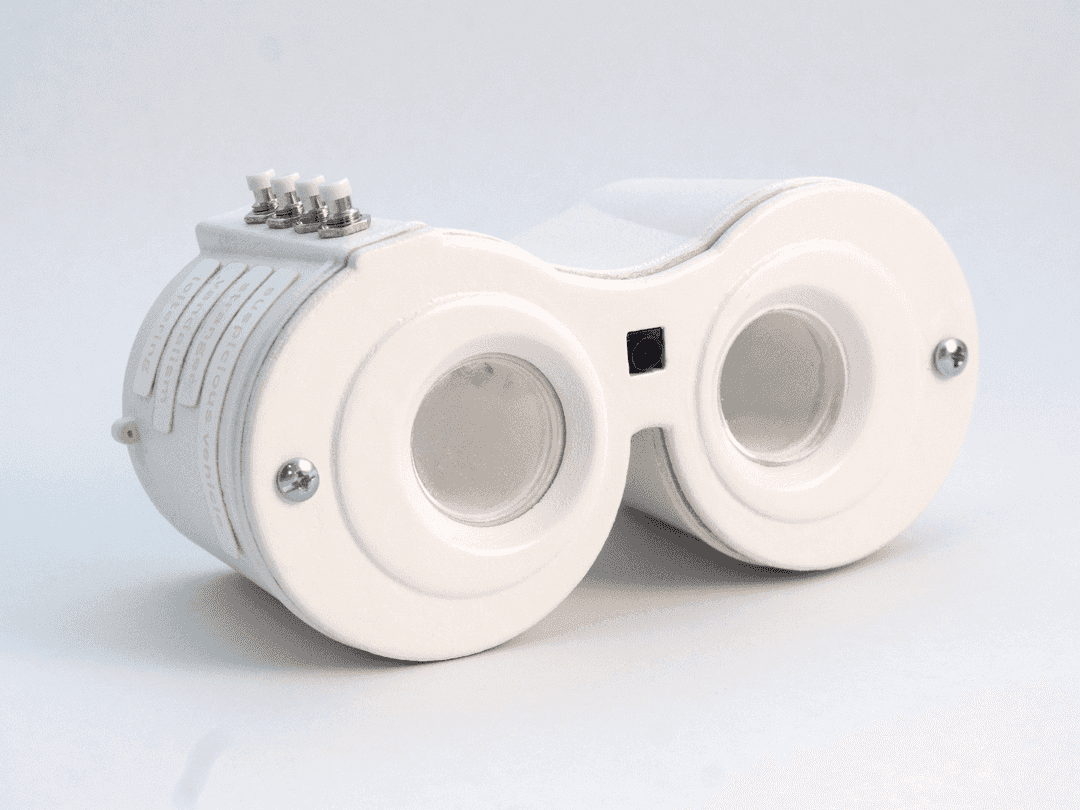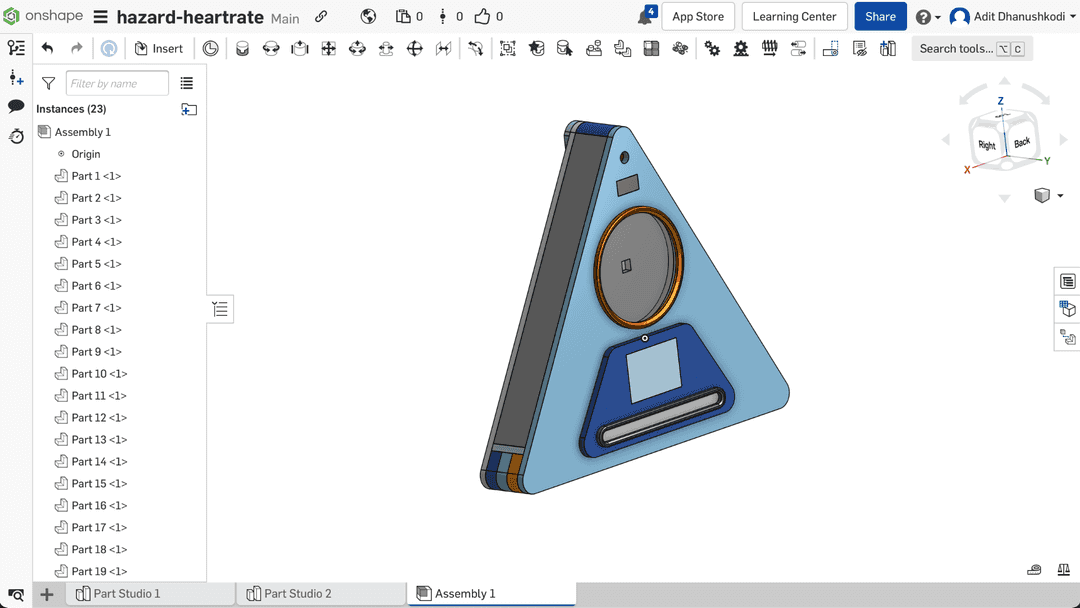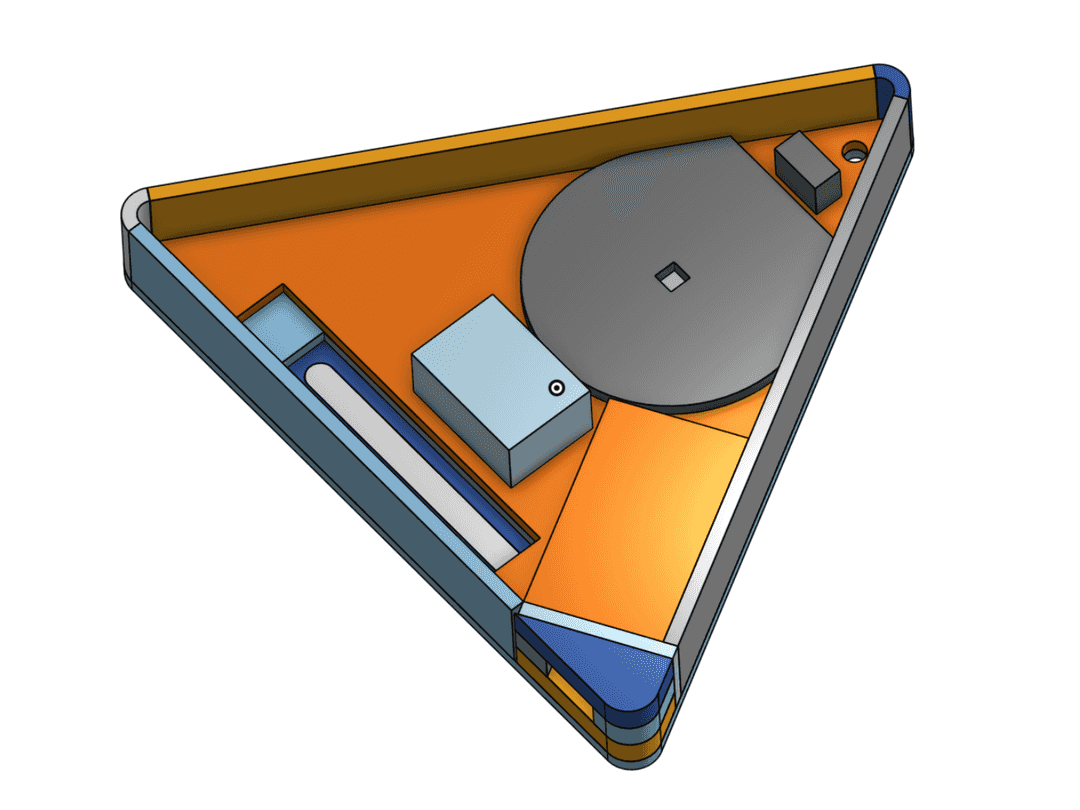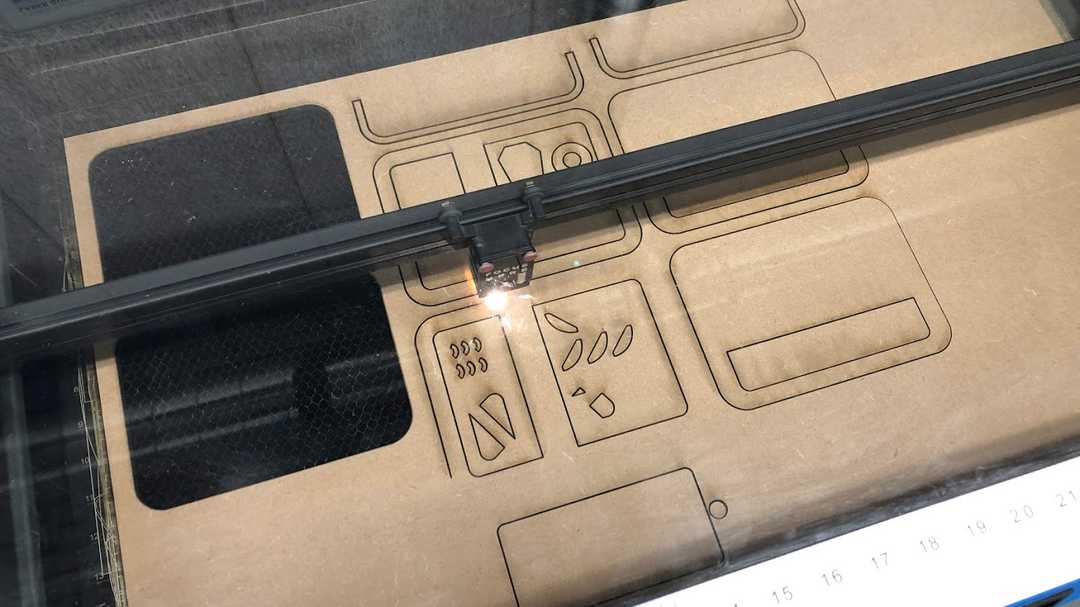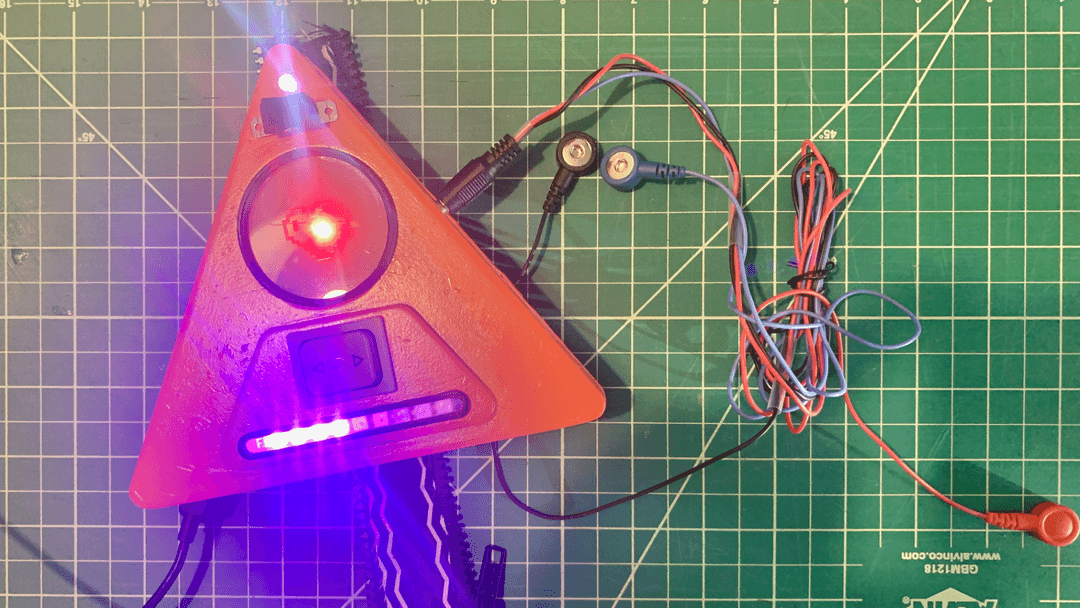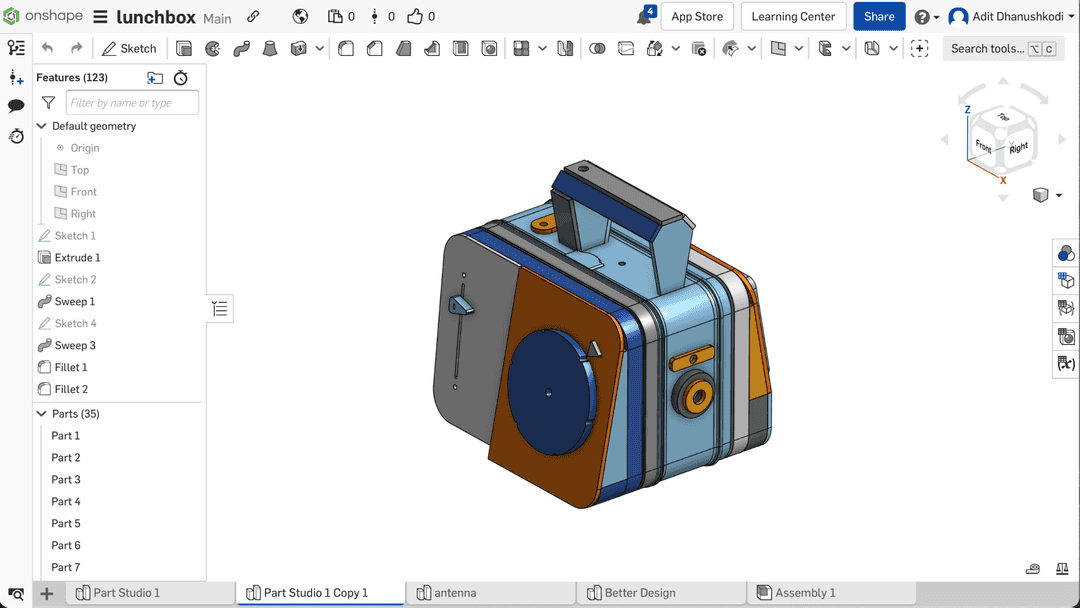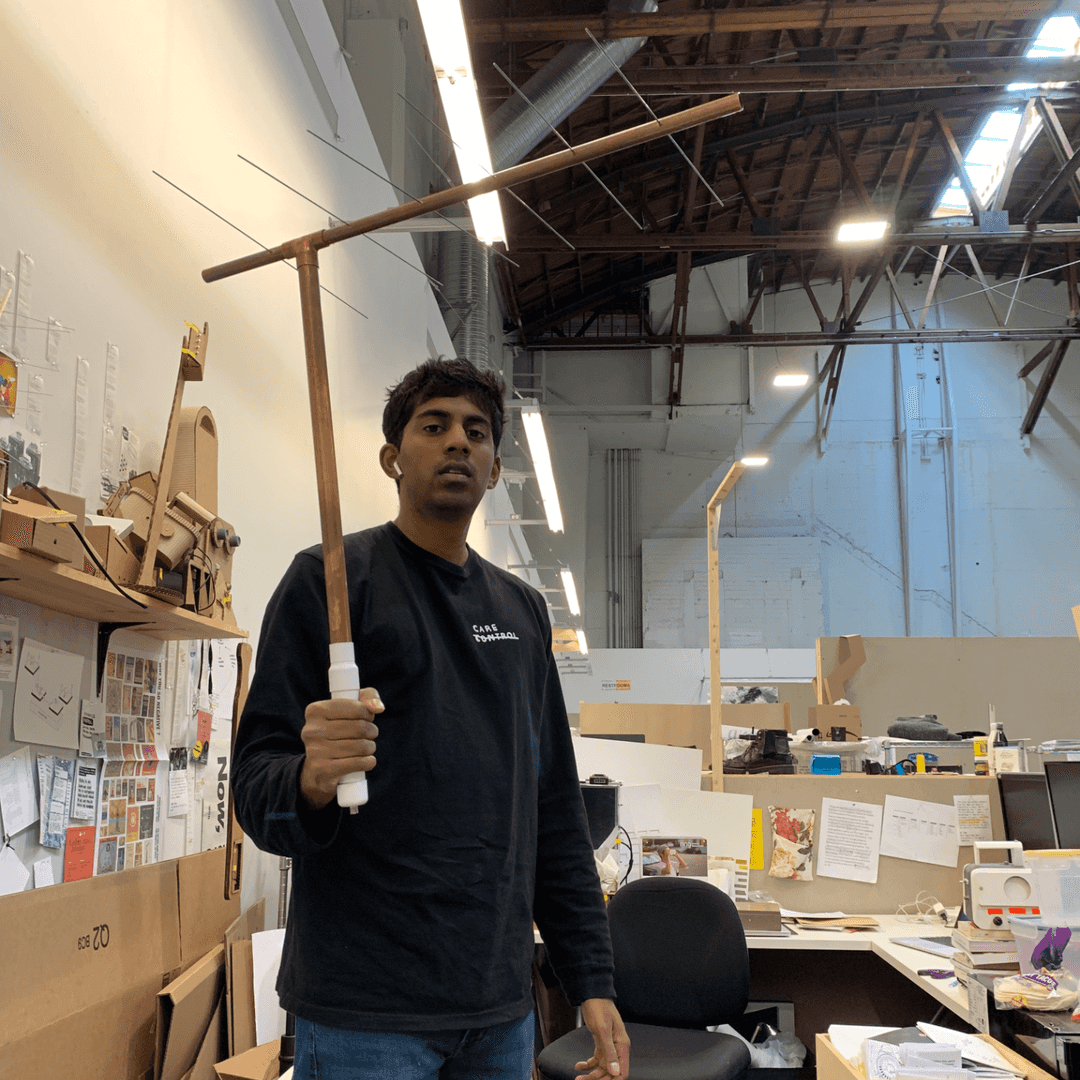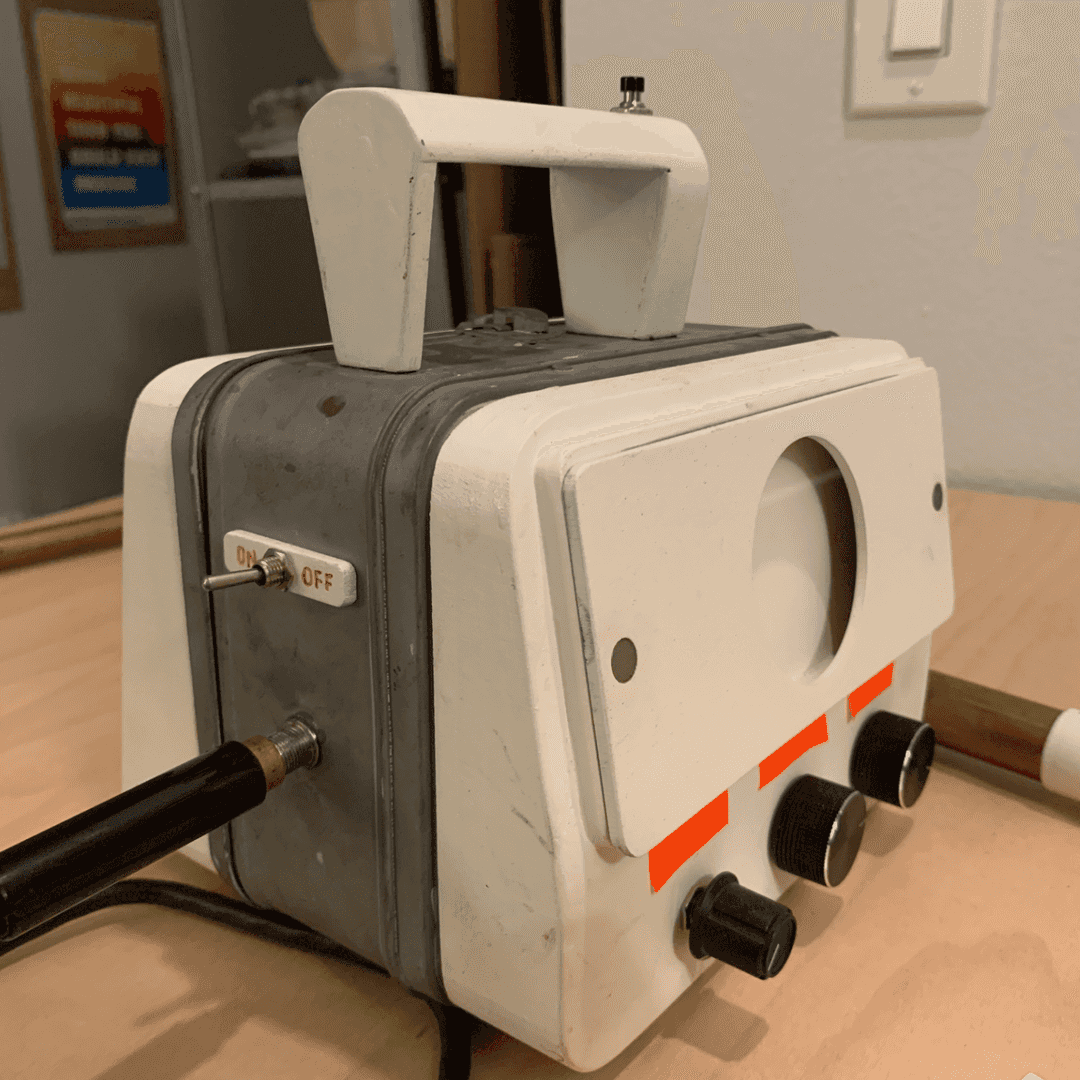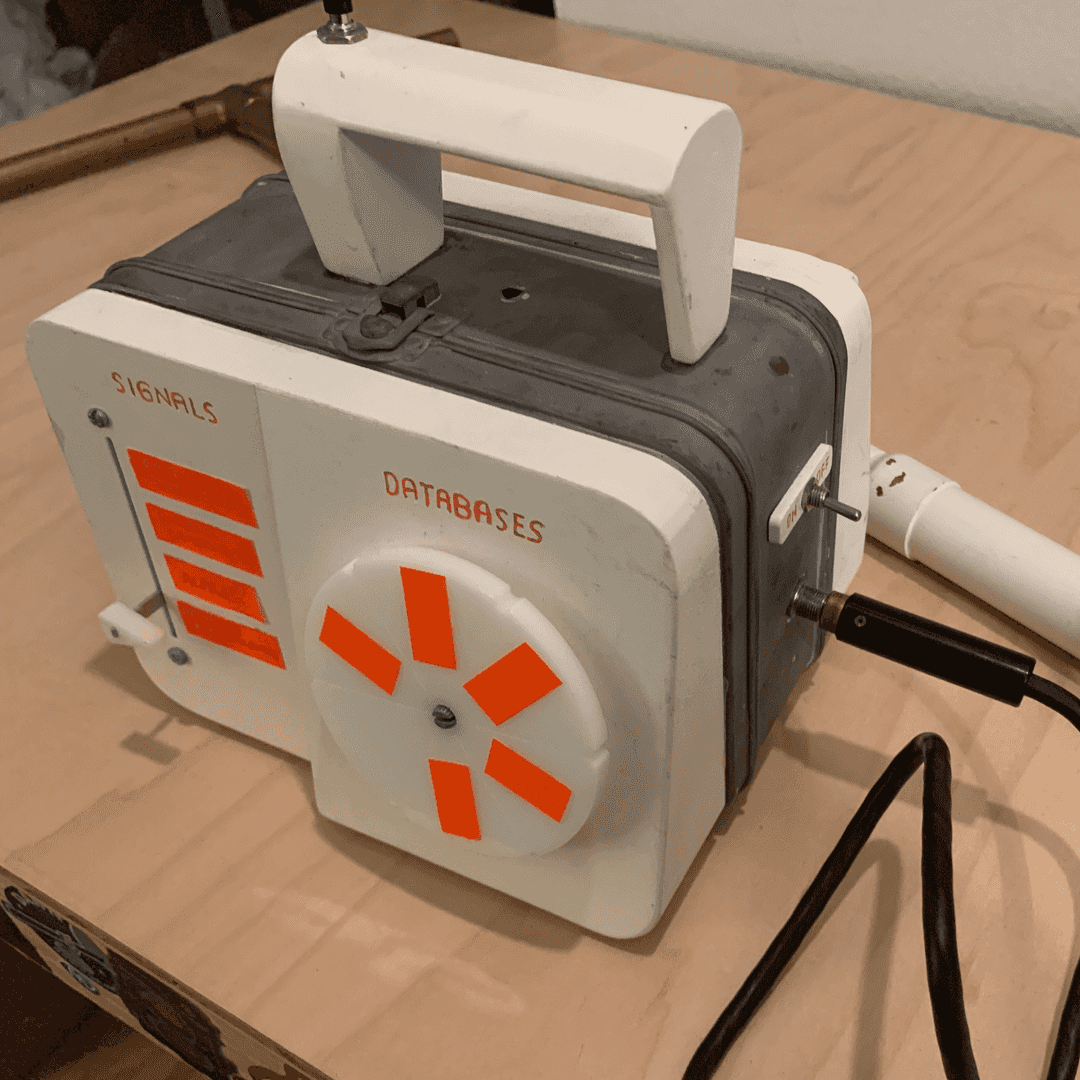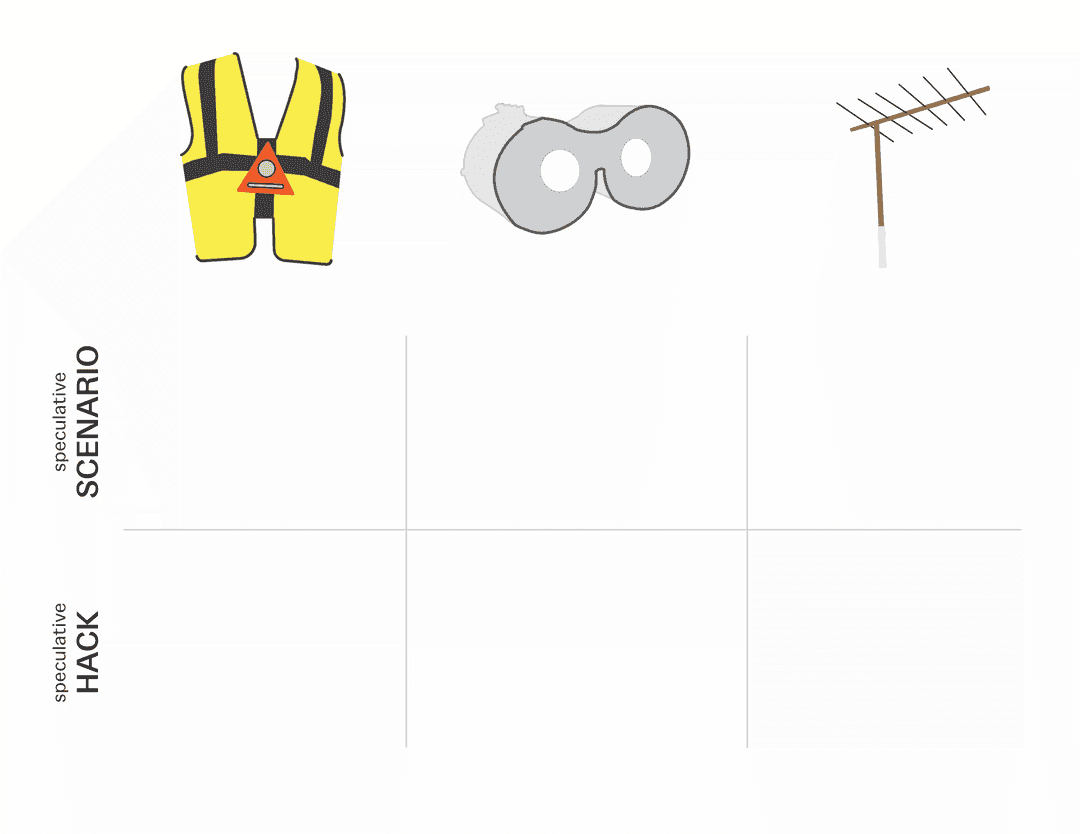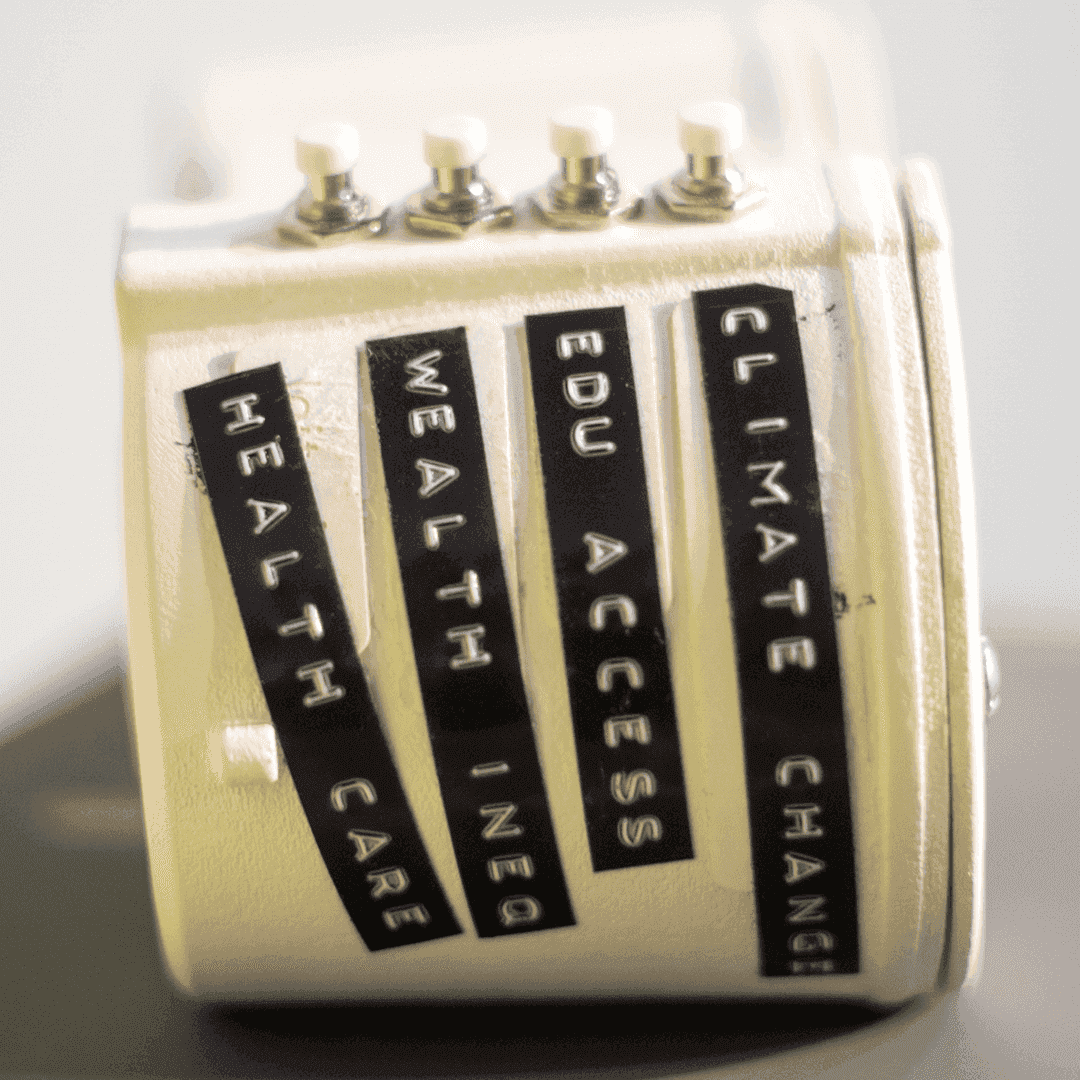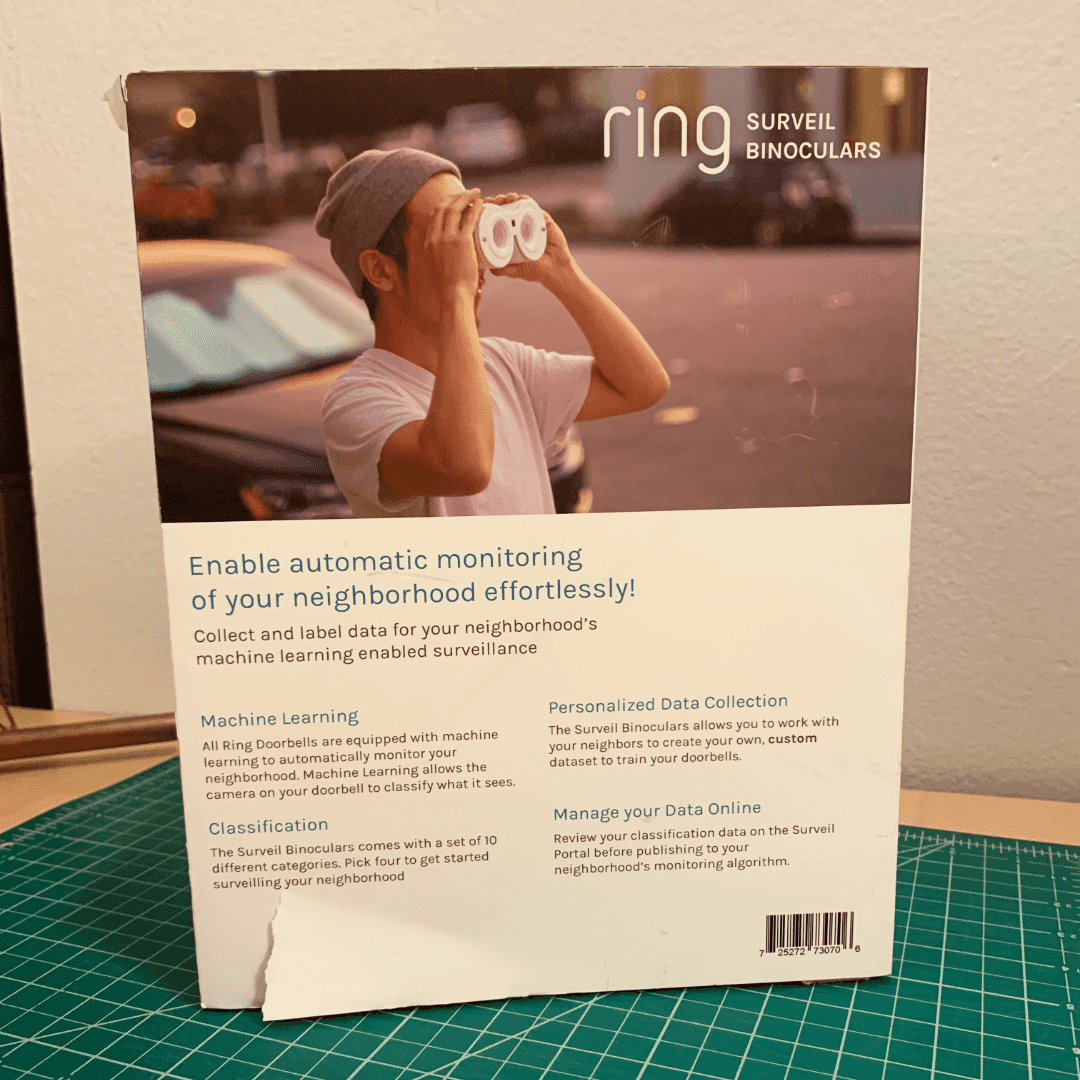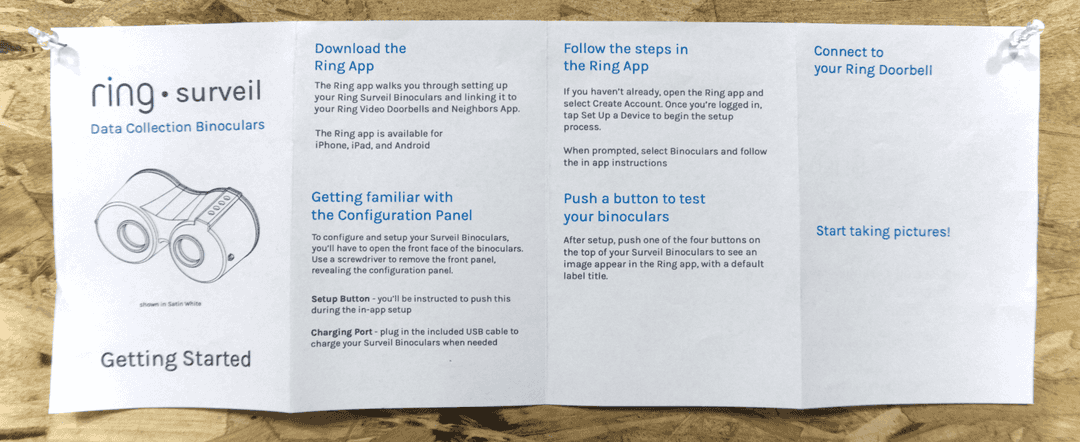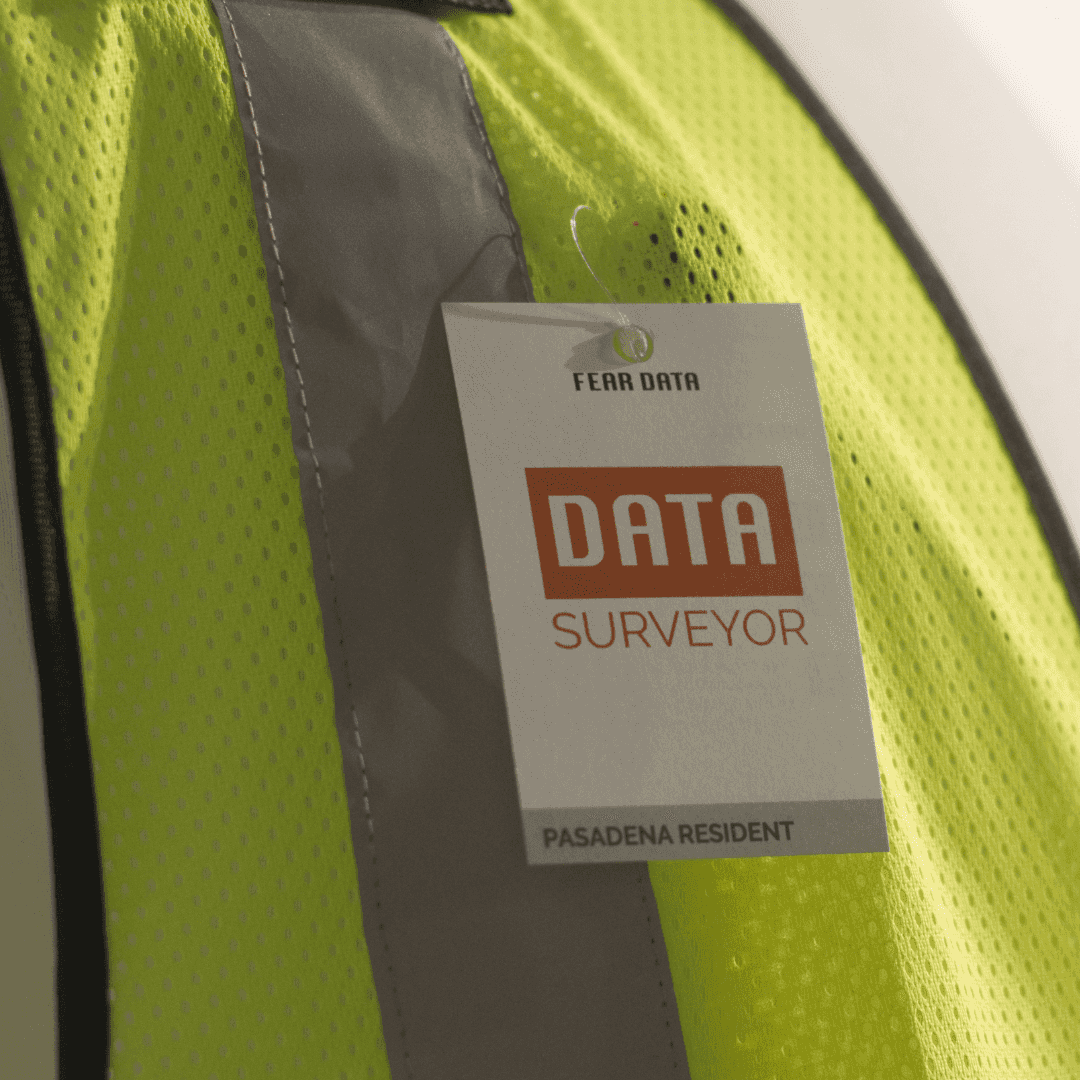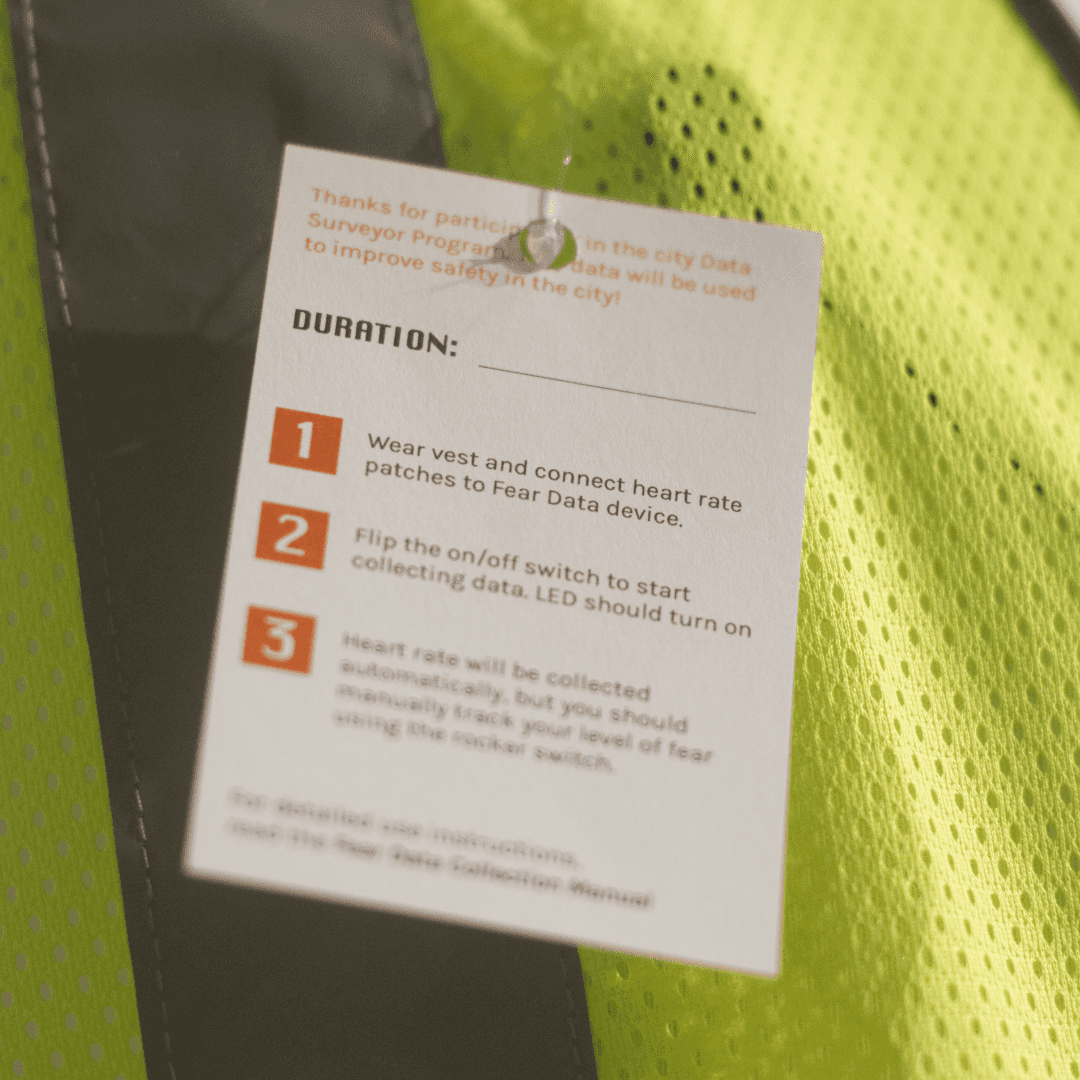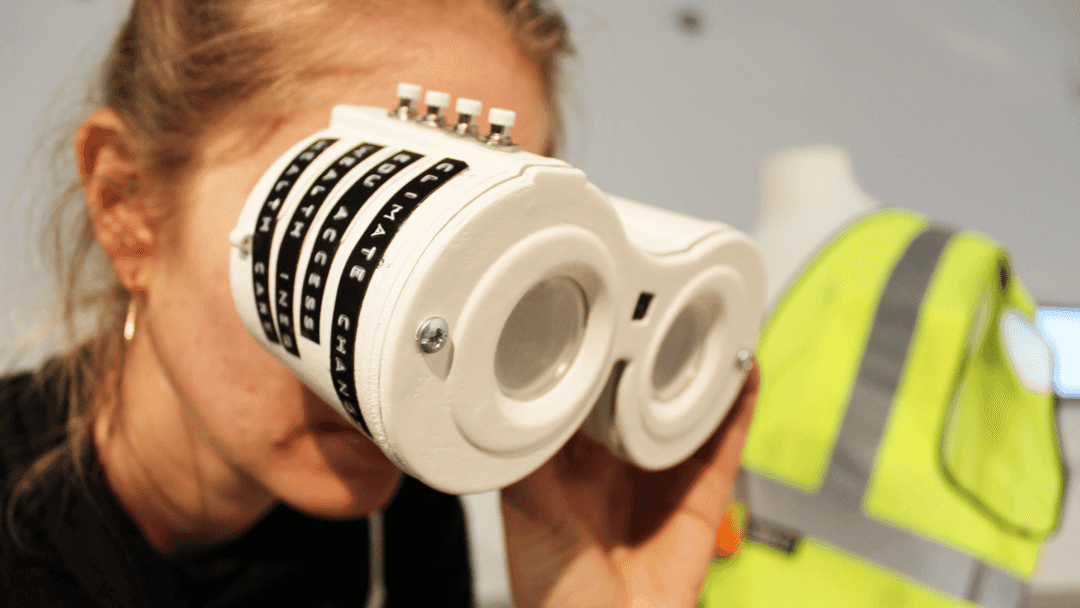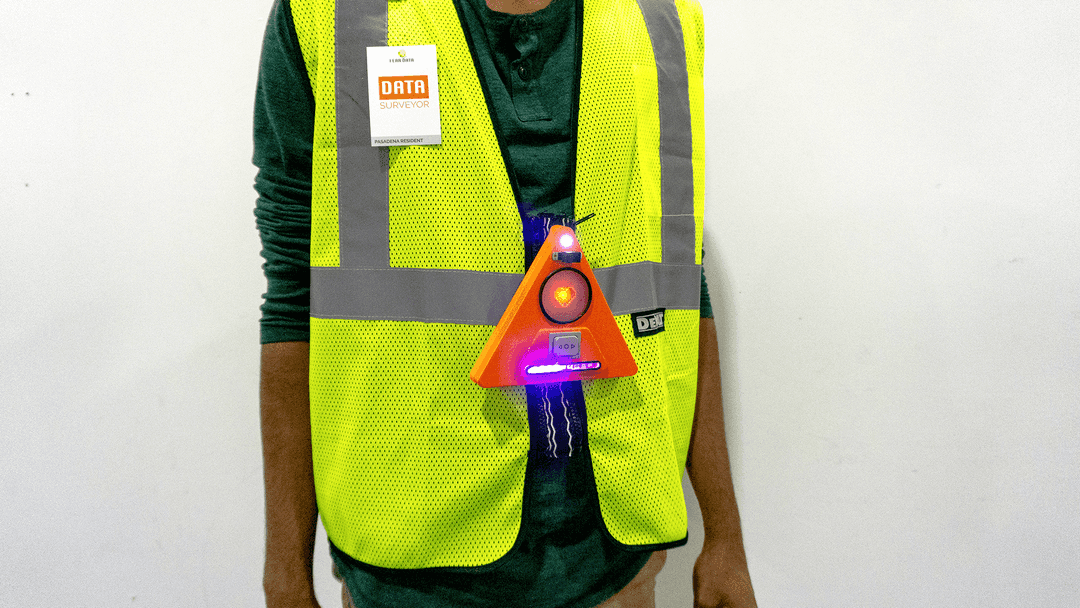Designing the Brief
When doing open-ended research, the most interesting insights come from specific contexts and constraints. After some initial broad research, I quickly move to design a framework to continue to do research. The goal for this research project was to map and understand data collection for machine learning, a topic area that is both broad and abstract.
To get out of the abstract space of "data", I chose to focus on the concrete, physical part of the larger machine learning system: data collection devices. The design of these devices serve as windows into the larger machine learning system, providing a tangible way to interact with that system.
To get more specific, I needed to "zoom-in" and choose a particular context. In previous research, I had been interest in predictive policing algorithms. An insight from that work was that those algorithms are more a reflection of fear than a prediction of crime. Putting this all together, the brief I designed for this exploration was:
What would data collection devices that collected data on fear look like? And how would you intervene in such data collection systems?
Researching and Sketching
To began by collecting images of data collection from various contexts - some things that I was thinking about while doing this research:
- How different sensors affect the form of data collection devices
- Unconventional forms of data collection, especially qualitative forms of data collection
- The objectiveness of measurements
The same time I was collecting reference imagery and reading articles on data collection, I was constantly sketching different forms. This sketching was very lightweight, I wasn't thinking too hard, just trying to get ideas on paper.
Sketch Modeling
I try to move as quickly from paper sketching into sketch modeling - I find that I'm better able to express ideas through prototyping than with 2D sketches.
Exploring Form
For this stage in the process, the fidelity of the sketch modeling could be very rough. One goal for this prototyping was to explore different forms a data collection device could take. Using cardboard let me quickly test out different scales and forms quickly in a very tangible way.
These sketch models helped me think through the type of data collection might be appropriate for each form. Some of these simple scenarios also pointed towards specific use cases for these devices.
Technical exploration of data "types"
I see quick electronics prototyping as a form of sketch modeling too. Beyond just form, I needed to explore different "types" of data that could represent fear.
Beyond the usual image data, I was thinking about heart rate data, and put together a quick electonics setup to take collect my own heartrate.
Evaluating Options
To evaluate the different sketch models I was making, I spent signficant time mapping out the options, trying to draw distinctions between forms and data "types." For example:
- Your own fear vs. others fear
- Seen vs. unseen data
- Concrete vs abstract data
I created a 2x2 based on some of the distinctions I was drawing, and used it to map out three possible data collection devices to refine further. I thought that each of these devices brought a different perspective to the topic of data collection for ML.
3D Modeling and Prototyping
At this point in the process, it was time to 3D model these devices and begin prototyping. Doing this would force me to think about the details of each of these devices, getting me closer to telling a story about the world in which each of these devices exists within.
The key takeaway through this 3D modeling and prototyping work was knowing the right fidelity of prototype for each device - not every device needed to be fully operational.
Rough Modeling
I first returned to sketching - this time with the goal of defining a form that I would then take into CAD. These sketches were more detailed than the earlier sketches I had made, and were intended as notes for myself more than communication artifacts for others.
I then did some rough modeling in CAD. I still hadn't committed to a particular prototyping method, so these models were mostly exploring shape and size.
To determine size, I was also thinking about the electronics that might need to exist in each of the devices, making sure to leave enough room for it all to fit.
Device 1: Binoculars
The first device was a set of binoculars that people could use to take labeled images of their neighborhood. See the model here.
As I began modeling, it seemed that this device would make the most sense as a consumer product, possibly sold by a big-tech company encouraging their customers to collect data for them. Therefore, it made sense to design this device to be 3D printed, to give it the feel of a consumer product.
Once designed, the manufacturing and assembly of this device was relatively simple. One big question was whether to make the device "work." While real buttons and a camera were mounted in the device, I made the choice not to spend time with making the electronics work because it didn't seem like it would add anything to the overall story the product was communicating.
Device 2: Heart Rate Device
The second device was a heart rate monitor device that would be mounted to the chest of the data collector, evoking very public data collection devices like body cameras. See the model here.
I began to think about this device as something that was loaned out by a local, municipal program to neighborhood residents. Since the device would have to evoke a public program, I designed it to also feel somewhat like a consumer product.
For this device, I wanted real electronics mounted inside to clearly communicate that heart-rate data was being collected. So, I included placeholders for the electronics in the design to ensure that it would all fit.
While I did put working electronics inside - in this case, I still faked the heart rate sensing. While I could have built this into the electronics, for the amount of work/time it would have taken, it wouldn't have added much to the overall communication of the device.
Device 3: Surveillance Signal Detector
The third device was the most speculative, imaging a way to collect data on surveillance signals, in particular, connected neighborhood doorbells and cameras. See the model here.
I imagined a device like this would be created by someone in their garage, using old parts. To achieve this aesthetic, I chose to design the control box around an old, metal lunchbox. And the antenna was built using copper pipe.
The final device was annotated with tape, trying to make the whole device feel a bit more homemade. The labels on the device also feel handwritten, further evoking the feeling of a homebrewed device.
Filling in the scenario details
While the beginnings of the data collection scenario stories were developed while I was modeling, there was still more work needed to frame the devices properly.
Now that the devices were more refined, I started thinking about new framings for the project - posing each scenario as a speculative data collection system and speculative "intervention"
(right, below) Since the binoculars were a consumer device sold by a big-tech company, I create some pieces of packaging to further sell the idea that this (terrible) product could exist.
(left) To communicate the intervention in this speculative data collection system, I used these black labels to show how an end-user could push "bad" data into the data collection infrastructure to reappropriate it.
For the civic data collection scenario, I made use of a high visibility vest, and added a tag to identify the neighborhood contributor.
These pieces of context could help to fill out some of the details that the devices on their own could not.
Throwing out a device
At this point in the process, through conversations with collegues, I determined that the surveillance detector device wasn't bringing any new insights to the space of data collection. It narratively didn't fit into the structure that the other two devices worked in.
So I had to make the tough, tough decision to leave this device on the shelf, despite the work I put into prototyping it. It was the right decision because when placed in relation to the other devices, it needlessly complicated their narratives.
